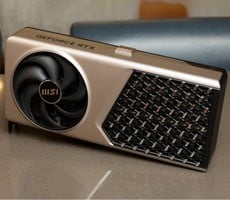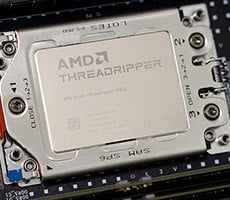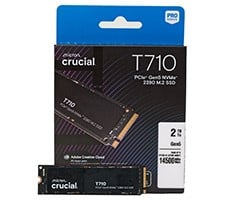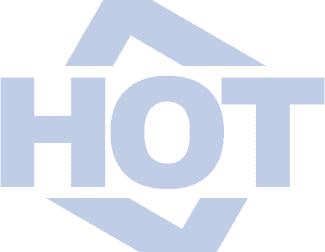MSI GeForce RTX 5080 Expert OC Review: A Cut Above
UL 3DMark Speedway DX12 Ultimate Benchmarks

3DMark Speed Way

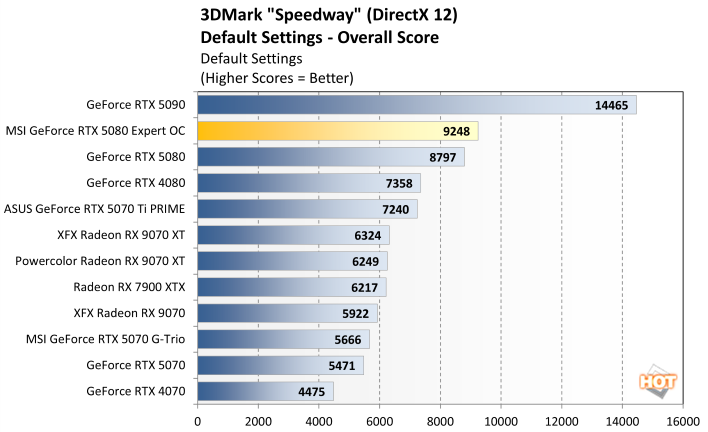
UL 3DMark Steel Nomad DX12 Benchmarks
3DMark Steel Nomad is one of the newer cross-platform GPU benchmarks developed by UL Solutions as part of the 3DMark suite. This test is designed to evaluate the performance of modern gaming hardware in non-ray-traced scenarios, but using otherwise advanced rendering techniques with DX12.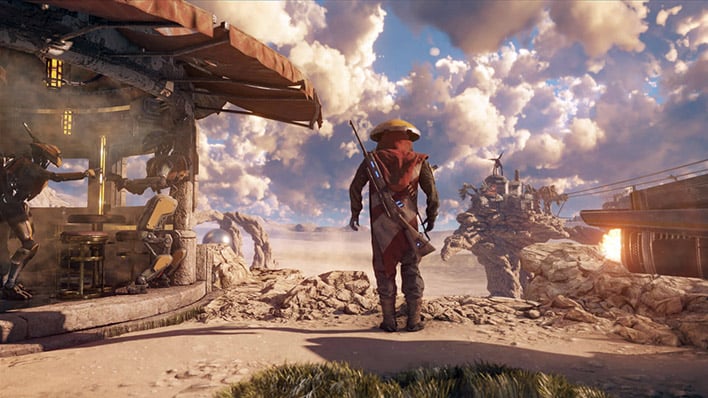
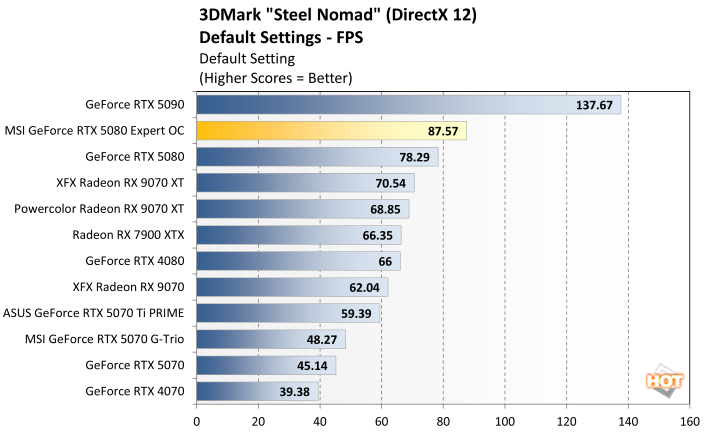
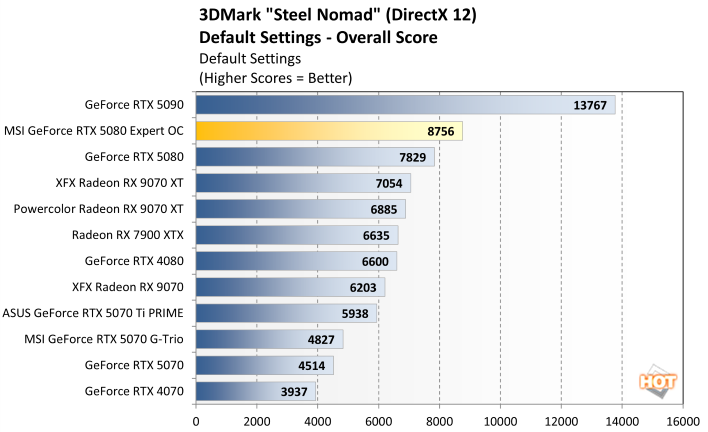
VR Benchmarks: Unigine Superposition And VRMark
Superposition is an aging benchmark from Unigine, powered by the UNIGINE 2 Engine. It offers an array of benchmark modes, targeting gaming workloads as well as VR, with both DirectX and OpenGL code paths. There is an extreme hardware stability test built-in too. Unigine Superposition uses the developer’s unique SSRTGI (Screen-Space Ray-Traced Global Illumination) dynamic lighting technology, along with high quality textures and models, to produce some excellent visuals. We ran Superposition's VR Future benchmark to compare the performance of all of the graphics cards featured here.
Unigine Superposition VR Future Test
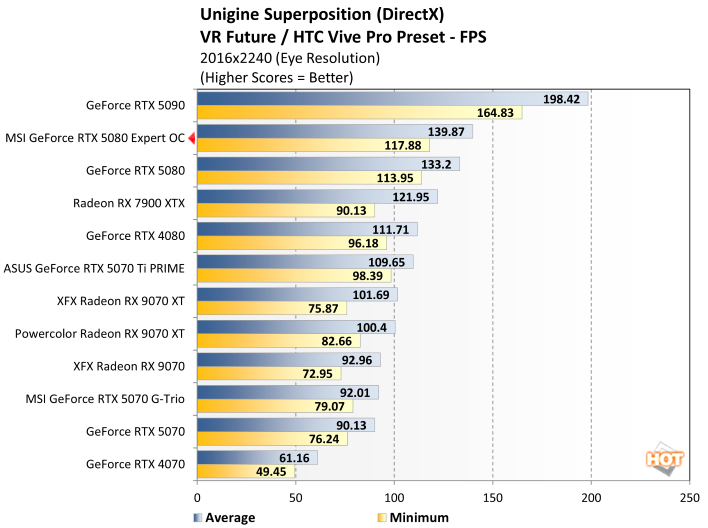

UL VR Mark Blue Room Benchmarks
UL's VRMark was designed to test a PC’s readiness for HMDs like the HTC Vive and Oculus Rift. The benchmark does not, however, require that one of the headsets is attached to the PC to run and it uses an in-house graphics engine and content to ensure comparable results between different platforms. We ran the "Blue Room" VRMark test at defaults settings here, which is the most taxing test offered by the tool.
UL VRMark
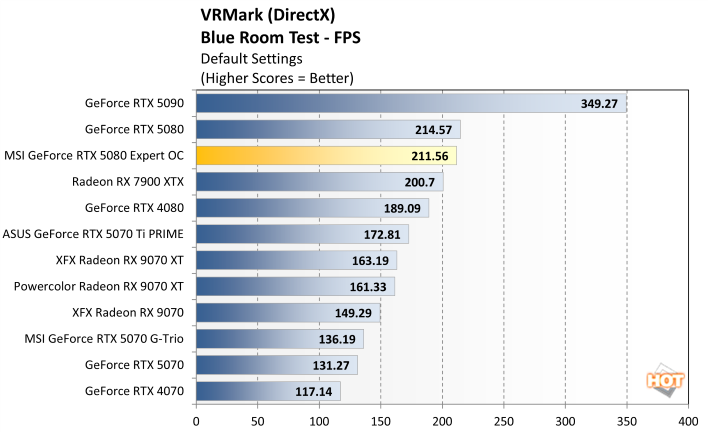

Our results with VRMark don't make much sense, but they were repeatable nonetheless. The MSI GeForce RTX 5080 Expert OC just barely misses the mark set by the Founders Edition card, but the delta is quite small. How about that GeForce RTX 5090, though?

